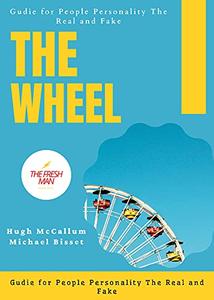
English | 2021 | ISBN: N/A | ASIN: B09CLJ3BV6 | 175 pages | EPUB | 0.53 Mb
The Great Depression in 1929 was the period of the rise of Keynesianism. In the early 1980s, Volcker's great monetary policy experiment was a turning point in the victory of monetarism over Keynesianism. In 2020, the new coronavirus pneumonia (hereinafter referred to as the new crown pneumonia) epidemic This period was the heyday of neoclassical monetaristism of the central bank. The global central bank once again turned the tide with unprecedented water release and saved the global economy from the brink of collapse. However, the expansionary fiscal policies of Western governments have gradually regained their heads, directly sending "living expenses checks" to people. Since the 2008 subprime mortgage crisis, many economists have begun to re-examine Keynesianism. When the outbreak of the new crown pneumonia epidemic triggered the world's worst economic recession since the Great Depression, Keynesianism showed signs of phoenix nirvana.
If Volcker’s monetary policy is the pinnacle of monetary policy in modern history, accompanied by the peak of the yield of the 10-year US Treasury bond, then Bernanke and Powell have adopted quantitative easing in the two crises in the past decade ( QE) policy can be described as another peak of monetary policy in contrast to Volcker's monetary tightening. Such changes in macroeconomic theoretical thinking and the central bank's monetary policy switch are of course commonplace for Chinese who are well versed in the cycle of history. There is no doubt that we are now at a historic turning point in a long cycle.
 The Wheel The Tale of The Economic Disturbance And Economic Cycle.epub
(543.26 KB, 需要: 10 个论坛币)
The Wheel The Tale of The Economic Disturbance And Economic Cycle.epub
(543.26 KB, 需要: 10 个论坛币)




 雷达卡
雷达卡




 提升卡
提升卡 置顶卡
置顶卡 沉默卡
沉默卡 变色卡
变色卡 抢沙发
抢沙发 千斤顶
千斤顶 显身卡
显身卡







 京公网安备 11010802022788号
京公网安备 11010802022788号







